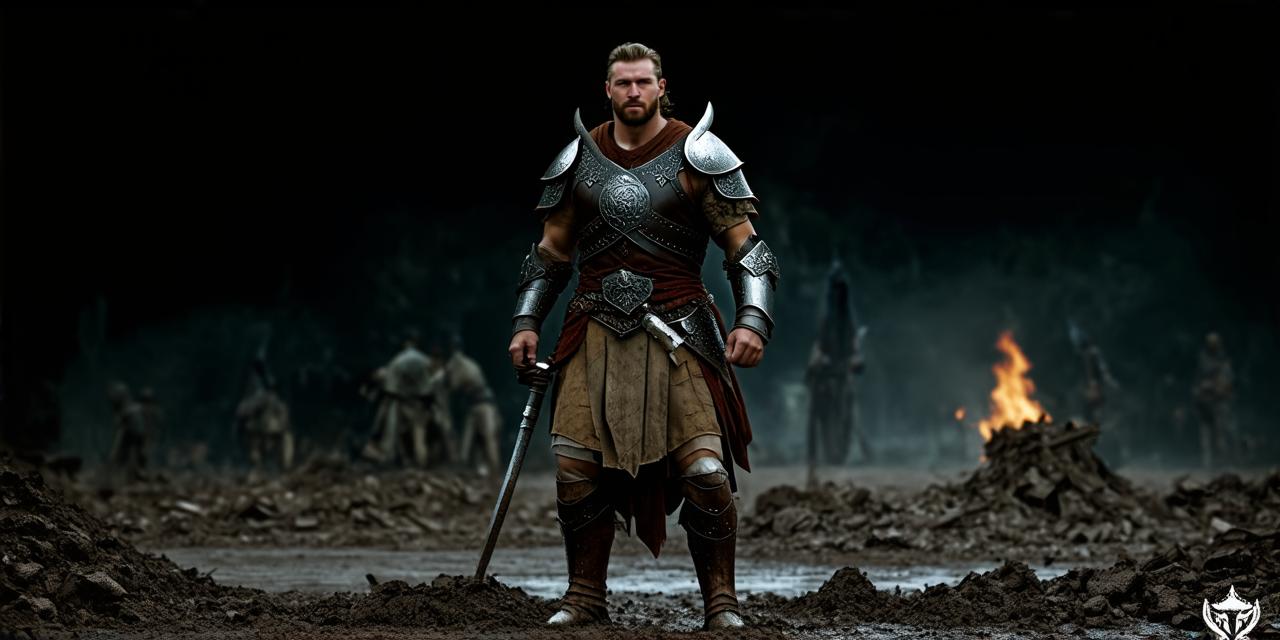1. FBX
FBX (Flexible Binary Exchange) is a widely-used interoperable file format for 3D models. It was developed by Autodesk and is supported by many popular 3D modeling software applications, including Blender, Maya, and 3ds Max. FBX files can store a wide range of 3D data, including meshes, animations, textures, and lighting.
FBX files are well-suited for Unity development because they are highly flexible and can be easily imported into Unity without the need for any additional plugins or tools. Additionally, FBX files are widely used in the gaming industry, making them a popular choice for game developers looking to create high-quality 3D models for their games.
However, one potential downside of using FBX files is that they can be quite large, especially when storing complex 3D models with lots of textures and animations. This can make them difficult to load and process on low-end systems, which could negatively impact the performance of your Unity application.
2. OBJ
OBJ (Object) is another widely-used file format for 3D models. It was developed in the early 1980s and is one of the oldest 3D model formats still in use today. OBJ files are supported by many popular 3D modeling software applications, including Blender, Maya, and 3ds Max.
One advantage of using OBJ files in Unity development is that they are relatively small and can be easily imported into Unity without the need for any additional plugins or tools. Additionally, OBJ files are widely used in the film and television industry, making them a popular choice for filmmakers looking to create high-quality 3D models for their projects.
However, one potential downside of using OBJ files is that they can be quite limited in terms of the 3D data they can store. For example, OBJ files do not support animations or textures as well as FBX files, which can make them less suitable for creating complex scenes with lots of moving parts.
3. Collada
Collada is a free and open-source 3D model file format that was developed in the early 2000s. It is designed to be an interoperable file format that can be used across different 3D modeling software applications, including Blender, Maya, and 3ds Max. Collada files can store a wide range of 3D data, including meshes, animations, textures, and lighting.
One advantage of using Collada files in Unity development is that they are highly flexible and can be easily imported into Unity without the need for any additional plugins or tools. Additionally, Collada files support a wide range of 3D data, making them well-suited for creating complex scenes with lots of moving parts.
However, one potential downside of using Collada files is that they can be quite large, especially when storing complex 3D models with lots of textures and animations. This can make them difficult to load and process on low-end systems, which could negatively impact the performance of your Unity application.
Comparing and Contrasting the Three Formats
FBX files are well-suited for Unity development because they are highly flexible and can be easily imported into Unity without the need for any additional plugins or tools. Additionally, FBX files are widely used in the gaming industry, making them a popular choice for game developers looking to create high-quality 3D models for their games. However, one potential downside of using FBX files is that they can be quite large, especially when storing complex 3D models with lots of textures and animations.
OBJ files are relatively small and can be easily imported into Unity without the need for any additional plugins or tools. Additionally, OBJ files are widely used in the film and television industry, making them a popular choice for filmmakers looking to create high-quality 3D models for their projects. However, one potential downside of using OBJ files is that they can be quite limited in terms of the 3D data they can store, especially when it comes to animations and textures.
Collada is a free and open-source 3D model file format that is designed to be an interoperable file format that can be used across different 3D modeling software applications. Collada files support a wide range of 3D data, making them well-suited for creating complex scenes with lots of moving parts. However, one potential downside of using Collada files is that they can be quite large, especially when storing complex 3D models with lots of textures and animations.
Case Study: Creating a 3D Model for a Unity Game Using FBX Files
In this case study, we will explore how to create a 3D model for a Unity game using FBX files. We will use Blender, which is a popular 3D modeling software application that supports both FBX and OBJ file formats.
Step 1: Importing an OBJ File into Blender
The first step is to import an existing 3D model into Blender. In this case, we will use an OBJ file that contains a simple cube. To do this, open Blender and go to File > Import > OBJ. Select the OBJ file you want to import and click Open.
Step 2: Converting the OBJ File to FBX
Once the OBJ file is imported into Blender, we need to convert it to an FBX file format that is more suitable for Unity development. To do this, go to File > Export > FBX (.fbx). In the export settings, make sure to select the appropriate options for your 3D model, including any textures or animations that you want to include in the export.
Step 3: Importing the FBX File into Unity
Once the FBX file is exported from Blender, we can import it into Unity. To do this, go to Assets > Import Package > Custom Package. In the package settings, select the FBX file you want to import and click Open. Unity will automatically import the 3D model and any associated textures or animations into your project.

Step 4: Testing the 3D Model in Unity
Finally, we can test the 3D model in Unity by creating a simple scene and adding the 3D model to it. To do this, go to GameObject > 3D Object > Cube (Primitive ). This will add a cube to your scene. Then, drag and drop the 3D model you imported from Blender into your scene. You should now see the 3D model in your Unity project.
Summary
In conclusion, when it comes to creating 3D models for Unity games, there are several file formats to choose from, including FBX, OBJ, and Collada. Each format has its own strengths and weaknesses, so it’s important to choose the one that is most suitable for your needs. By following the steps outlined in this case study, you can create a simple 3D model for a Unity game using FBX files.
